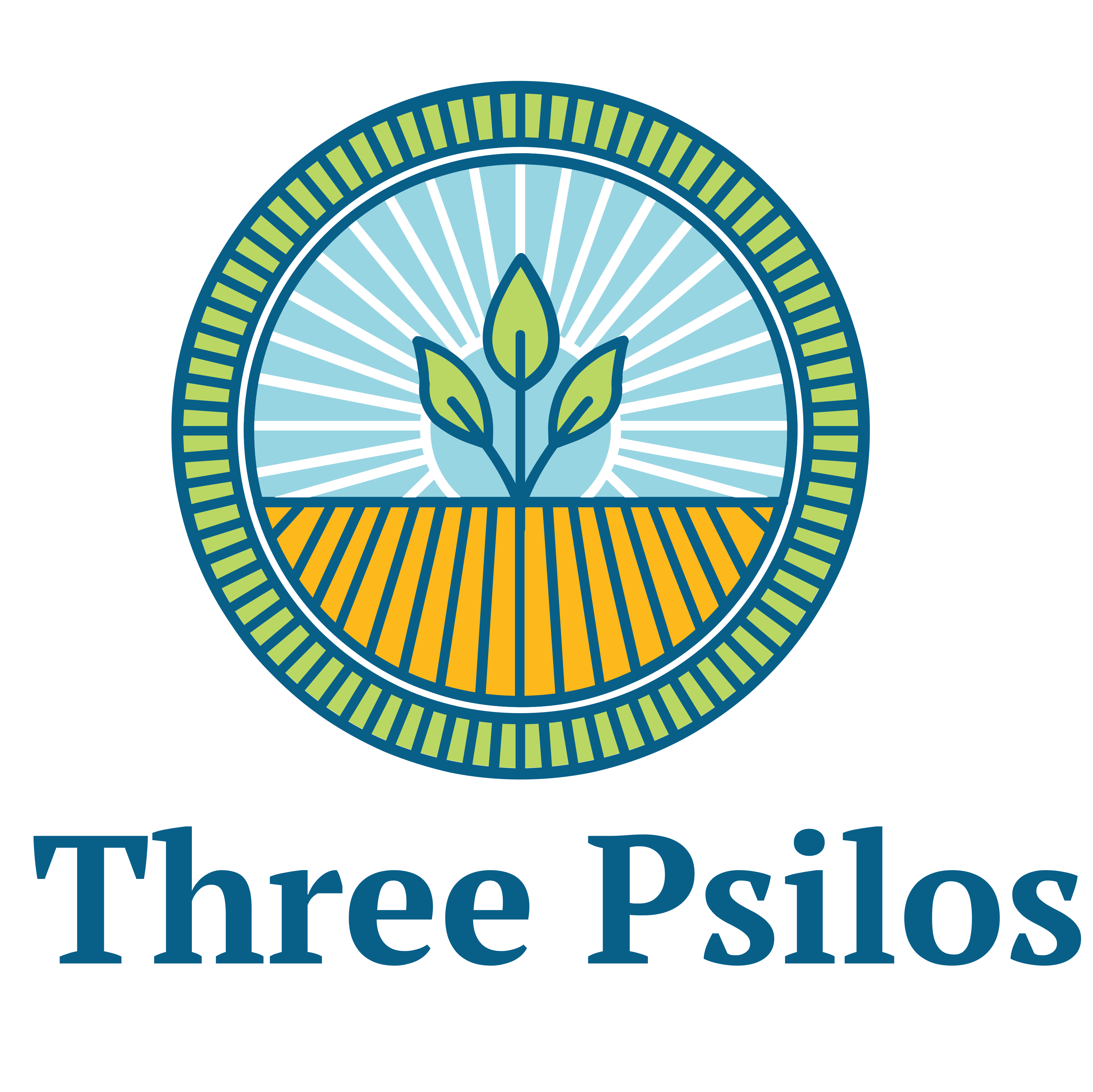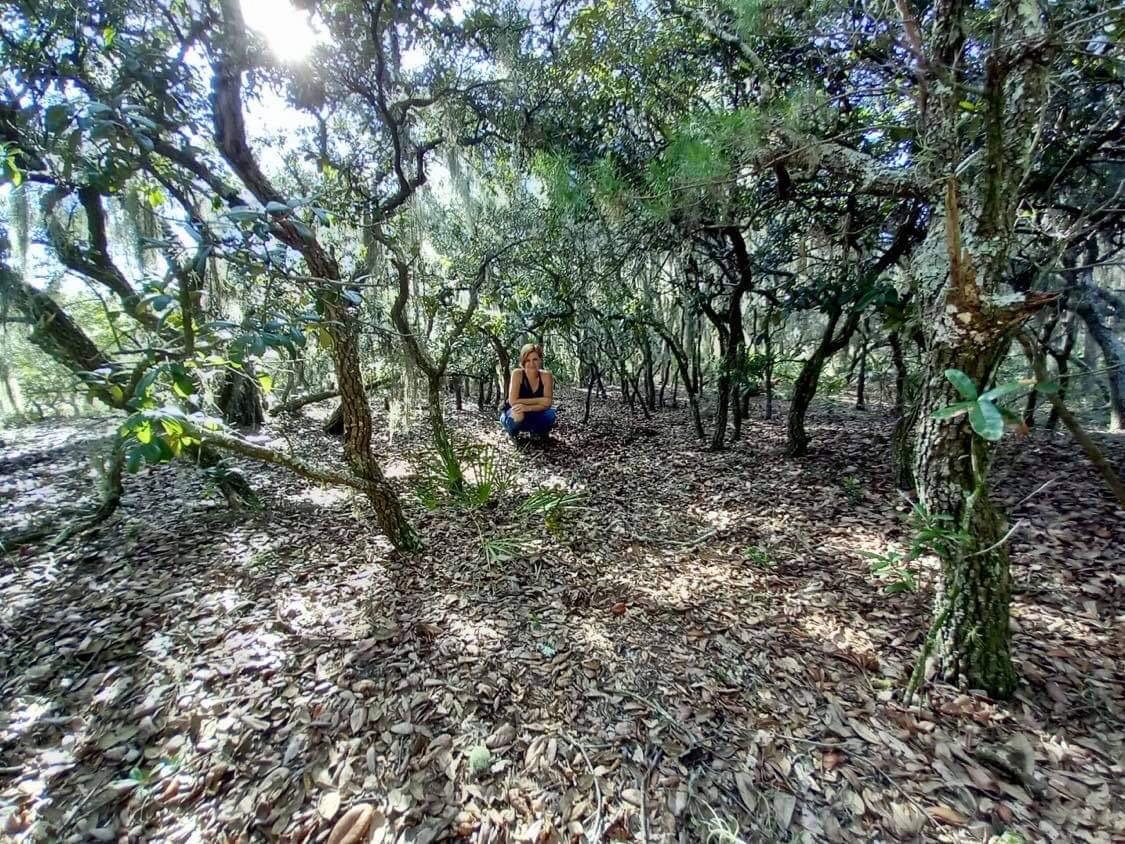F. P. Cronemiller
Chaparral is a term commonly used in California for the dense brushfields of the Upper Sonoran life zone. This cover type is similar to the macchie and garique of the Mediterranean region and is a product of the set of climatic conditions peculiar to these areas. Its shrubby components have been termed quite accurately broad sclerophyll vegetation. The purpose of this paper is to give a chronicle of the derivation of the term “chaparral” and to encourage its use and adaptation by the technician.
Chaparral evolved from chabarra, the Basque word for a scrub oak of the Pyrenes. The Spaniard adapted it to ” dwarf evergreen oak” and spelled it chaparro. He did not develop the word “chaparral,” however, as he used the term “garique” for the cover type composed of this and species of similar growth. On his arrival in the New World he was faced with a tremendous job of inventing place names. The vast number of saints furnished an abundance of names for important places, while descriptive terms were given those of secondary importance. The convenient suffix -al, meaning “place of,” naturally was often used. Pinal, alisal, sausal, designated pine groves, sycamore flats, and willow thickets. For the cover types of dense evergreen scrub oaks, chaparral was invented. Quickly the term came to be applied to similar cover types, and this is its usage today. Colloquially it has been applied to individual species such as one of the Acacia species in Mexico and to Ceanothus cuneatus in California. Generally the proper meaning has adhered: a place (cover type) of evergreen shrubs or dwarf trees.
In addition to the chaparral the Spanish Californian used a term, chamiso (or chamisal), to designate open brush areas composed of small shrubs. The original term, chamiza, meant simply “kindling wood.” It is not certain that he ever got entirely away from this connotation, but the vaquero used it in opposition to chaparral. To him chaparral was that kind of brush one could not ride a horse through; through camiso or chamisal, one could. Californians have anglicized the word to “chamise” and applied it to but a single species, Adenostoma fasiculatum. In New Mexico, chamiso refers to Atriplex canescnens, and in Mexico to other species and types. It would appear that the term “chamise” is hardly tenable, although widely used by the layman and some technicians.
Chaparral is without a doubt a needed word; it is in general use, and is recognized by Webster and other lexicographers. The technician should not hesitate to use it.
United States Forest Service
San Fransisco, California
February 25, 1942

